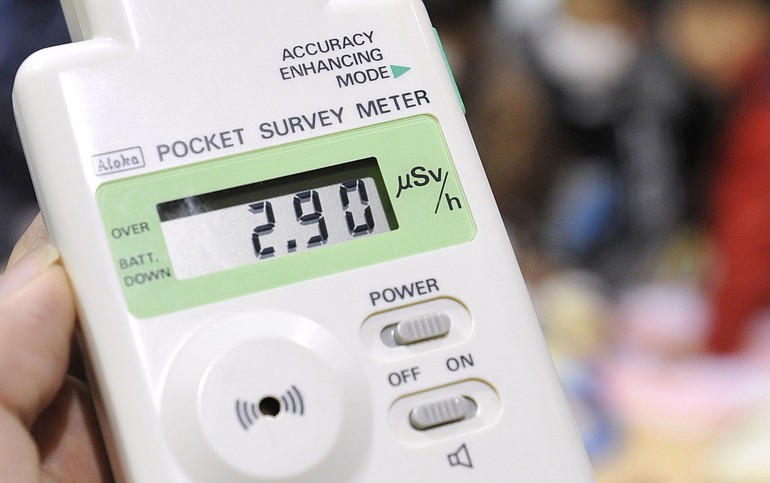FUKUSHIMA, Japan (AP) — Japan ordered emergency workers to withdraw from its stricken nuclear power complex Wednesday amid a surge in radiation, temporarily suspending efforts to cool overheating reactors.
Chief Cabinet Secretary Yukio Edano said the workers, who were dousing the reactors with seawater in a frantic effort to stabilize their temperatures, had no choice except to withdraw.
“The workers cannot carry out even minimal work at the plant now,” Edano said. “Because of the radiation risk we are on standby.”
Radiation levels had gone down by later Wednesday, but it was not immediately clear if the workers had been allowed back in.
The nuclear crisis has triggered international alarm and partly overshadowed the human tragedy caused by Friday’s earthquake and tsunami, which pulverized Japan’s northeastern coastline. Officials believe at least 10,000 people were killed, and possibly many more.
Since then, authorities have been struggling to avert an environmental catastrophe at the coastal Fukushima Dai-ichi complex, 140 miles (220 kilometers) north Tokyo.
Wednesday’s radiation spike was apparently the result of a release of pressure that had built up in one of the reactors, officials said, though it was not immediately clear which one. Steam and pressure build up in the reactors as workers try to cool the fuel rods, leading to controlled pressure releases through vents — as well as uncontrolled explosions.
Officials had originally planned use helicopters and fire trucks to spray water in a desperate effort to prevent further radiation leaks and to cool down the reactors.
“It’s not so simple that everything will be resolved by pouring in water. We are trying to avoid creating other problems,” Edano said.
“We are actually supplying water from the ground, but supplying water from above involves pumping lots of water and that involves risk. We also have to consider the safety of the helicopters above,” he said.
A U.S. nuclear expert said he feared the worst.
“It’s more of a surrender,” said David Lochbaum, a nuclear engineer who now heads the nuclear safety program for the Union of Concerned Scientists, an activist group. “It’s not like you wait 10 days and the radiation goes away. In that 10 days things are going to get worse.”
“It’s basically a sign that there’s nothing left to do but throw in the towel,” Lochbaum said.
Edano said the government expects to ask the U.S. military for help, though he did not elaborate. He said the government is still considering whether to accept offers of help from other countries.
The government has ordered some 140,000 people in the vicinity to stay indoors. A little radiation was also detected in Tokyo, triggering panic buying of food and water.
There are six reactors at the plant. Units 1, 2 and 3, which were operating last week, shut down automatically when the quake hit. Since then, all three have been rocked by explosions. Compounding the problems, on Tuesday a fire broke out in Unit 4’s fuel storage pond, an area where used nuclear fuel is kept cool, causing radioactivity to be released into the atmosphere.
Units 4, 5 and 6 were shut at the time of the quake, but even offline reactors have nuclear fuel — either inside the reactors or in storage ponds — that need to be kept cool.
Meanwhile, the Nuclear and Industrial Safety Agency estimated that 70 percent of the rods have been damaged at the No. 1 reactor.
Japan’s national news agency, Kyodo, said that 33 percent of the fuel rods at the No. 2 reactor were damaged and that the cores of both reactors were believed to have partially melted.
“We don’t know the nature of the damage,” said Minoru Ohgoda, spokesman for the country’s nuclear safety agency. “It could be either melting, or there might be some holes in them.”
Meanwhile, the outer housing of the containment vessel at the No. 4 unit erupted in flames early Wednesday, said Hajimi Motujuku, a spokesman for the plant’s operator, Tokyo Electric Power Co.
Japan’s nuclear safety agency said fire and smoke could no longer be seen at Unit 4, but that it was unable to confirm that the blaze had been put out.



